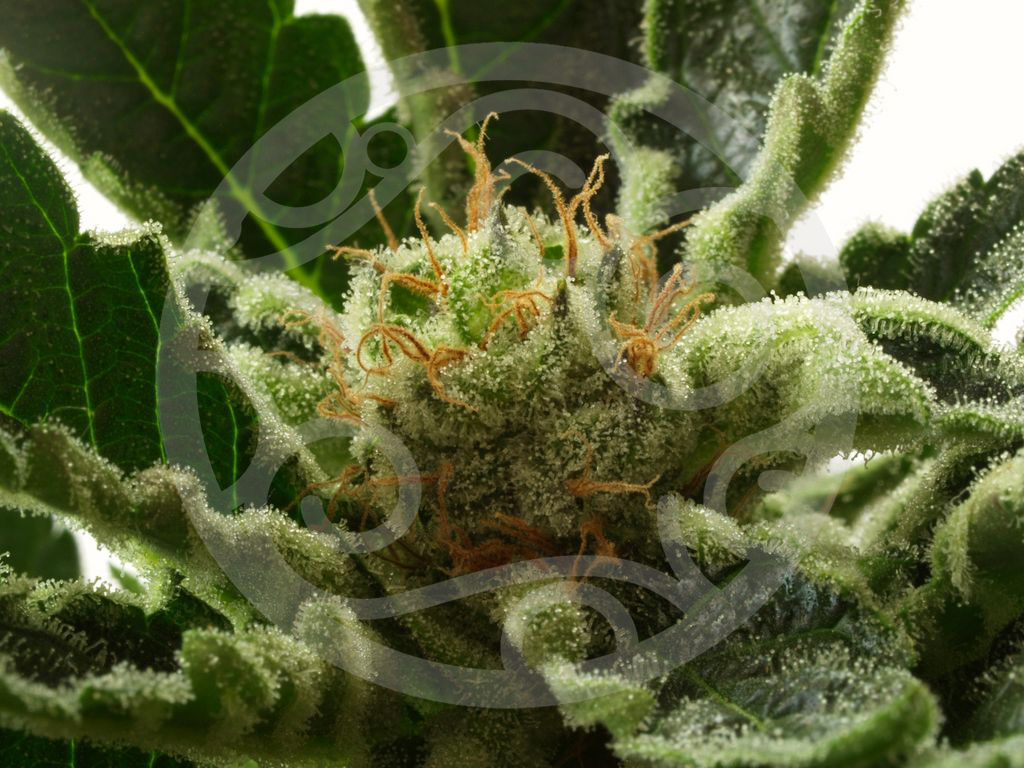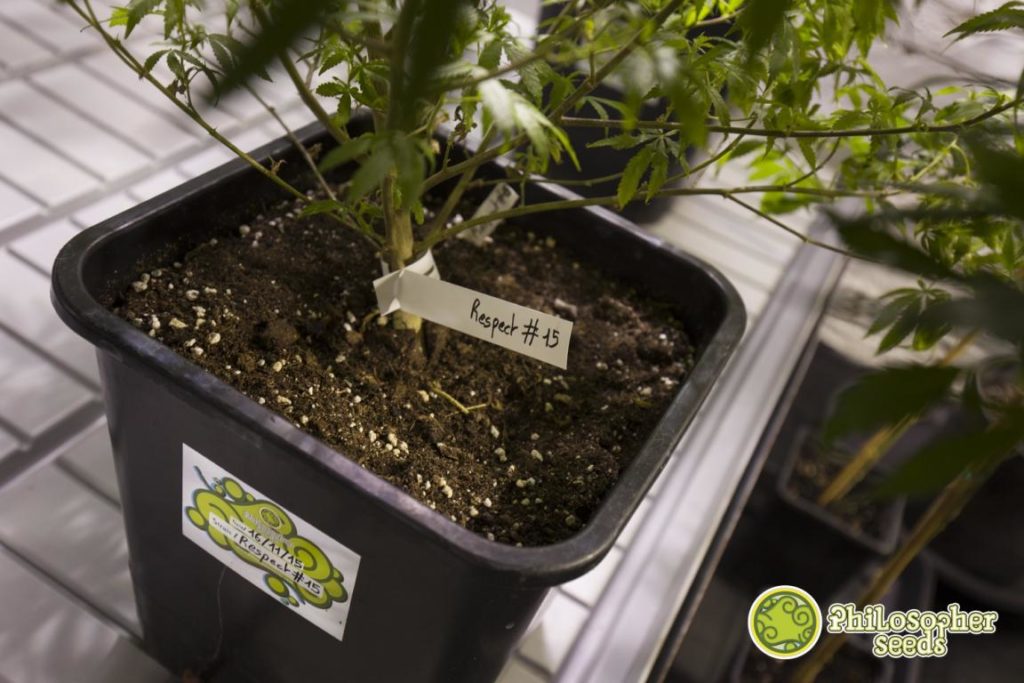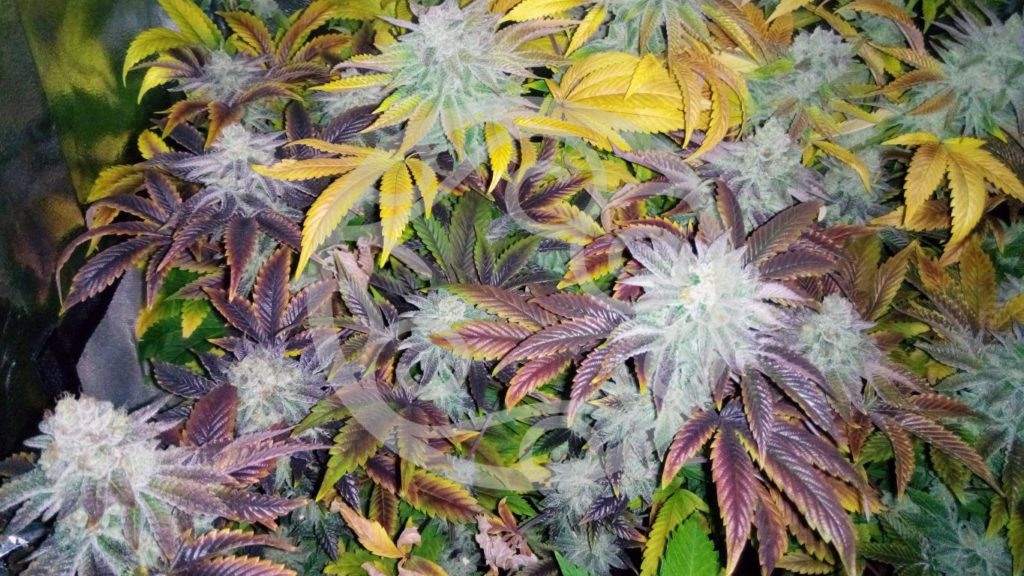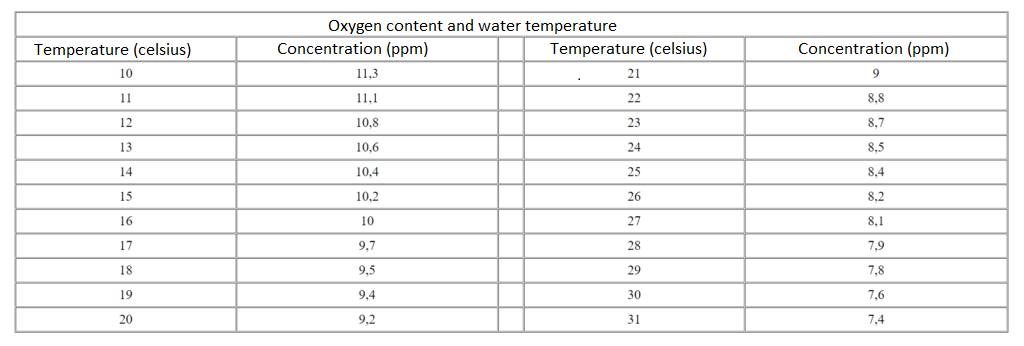Irrigation water temperature and cannabis cultivation
List of contents
While not taken into account in many occasions, the temperature of the irrigation water (in case of using solid nutrients) or the nutrient solution (if liquid fertilizers are used) is a very important factor for proper development of the root ball and to get the most out of the plants during the growth and bloom stages, especially if hydroponic or aeroponic systems are used. Some novice growers usually forget about this and don't even measure the temperature of the irrigation water, which normally brings problems that are in turn - in most cases - incorrectly diagnosed. Plants that don't root as they should, with slow or even null growth and poor development of buds may all be symptoms of inadequate temperature of the irrigation water.
If we're lucky enough to use tap water to irrigate our cannabis seeds or cuttings, we must always bear in mind the different temperatures in winter and summer, also if we're using some type of hose in our outdoor garden. Many times, hoses freeze during the coldest hours of the day in winter, and the water during the hottest hours is not warm enough to be suitable for irrigating. On the other hand, tap water is significantly hotter in summer, also inadequate in some cases. We'll take a look now at the problems derived from irrigating the plants with water at too high or too low temperature, also at what is the best temperature range to water cannabis plants.

Symptoms of irrigation water at too high temperature
While it is a much less common problem than using cold water, in some climates or circumstances the irrigation water can be too hot. If this happens, the overall development of the plants will be slowed, since nutrient uptake is seriously compromised due a lack of oxygen in the water. These deficiencies will be almost impossible to fix unless the temperature of the irrigation water - broadly speaking, the temperature of the root area - is reduced.
Another problem that may arise, as serious as the aforesaid or even more, are fungal infections in the substrate and the root ball. While these infections can represent a major problem in the aerial part of the plant (leaves, buds, stems), they're often deadly when found in the root area, so using water that is too hot is something that must be avoided at all times. We have different solutions to fix these problems: using air conditioning systems in the grow room is probably the best idea, although there are also water chillers that keep the temperature of the water constant, which is set by the user. Do not water the plants during the hottest hours of the day in the case of growing outdoors. Dawn or dusk (especially dawn) are the best time for watering the outdoor garden.

Symptoms of irrigation water at too low temperature
This is a much more common problem in many gardens, since water is at too low temperature during a considerable part of the year in many areas. One of the first visible symptoms are purple stems and petioles and very dark leaves, which is probably caused by a deficiency of phosphorous (this element is poorly assimilated at 15ºC, and won't be assimilated at 10ºC). The growth of the plant is stopped and soon deficiencies of other elements will be observed, like magnesium or nitrogen.
During bloom, this problem usually results in poor flower development, although resin production is normal in many occasions, as happens whith intensive off-season outdoor farming. Thus, the size of the buds will be much smaller and they'll develop much more small leaves. To avoid it, we just have to use a reservoir for our water or nutrient solution and a simple water heater, which allows us to set the desired water temperature. Using strains suitable for colder climates is also recommended if we can't raise the temperature, like Philo Skunk, Fruity Jack or Tropimango.

Oxygen and water temperature
As we know, water is composed of hydrogen and oxygen. But the content of the oxygen dissolved in the water is not always the same, which mainly depends on temperature and atmosferic pressure (besides other secondary factors, as we'll see). The amount of oxygen dissolved in the water is crucial for our plants, for it determines the nutrient uptake capacity of the root system and thus the overall development of the plant. That's the reason why many experienced growers oxygenate their nutrient solution (or irrigation water), either with air pumps and air stones, with oxygen tablets, by recirculating it or by using other water oxygenation systems. These growers know that oxygen in the water - combined of course with a suitable temperature - means better performance of the plants and thus higher yields.
The oxygen content also depends on other factors, although at a lesser degree. Significant populations of bacteria may cause a decrease in the amount of oxygen present in the water, necessary for their activity. On the other hand, water plants provide an extra supply of oxygen thanks to the photosynthesis process, although the aforementioned solutions are doubtless more usefull in our case.
You can consult the amount of oxygen (ppm) depending on water temperature on the following chart:

Ideal irrigation water temperature for growing cannabis
As you've seen in the chart, the amount of oxygen decreases as temperature raises, although it doesn't mean that the more oxygen the better development. We must find the correct amount, as you'll see next. Normally, the amount of oxygen is too low for proper growth of plants at 30ºC, especially cannabis. On the contrary, we know that several nutrient deficiencies will be visible at 15ºC, so everything suggests that our ideal temperature will be between this range, 15-30ºC.

Today, we know that most plants develop properly with water temperatures between 20 and 25ºC, and thanks to the experience of many growers we even know that roots develop better at temperatures around 18-19ºC. However, nutrient uptake at 23ºC is maximum. Thus, the best temperature for irrigating our plants is between 20-23ºC. Also, and apart from keeping a constant temperature with the aid of a simple water heater, remember to raise the amount of oxygen to achieve best results.
We'll be pleased to reply any doubt or comment!
Happy harvests!







